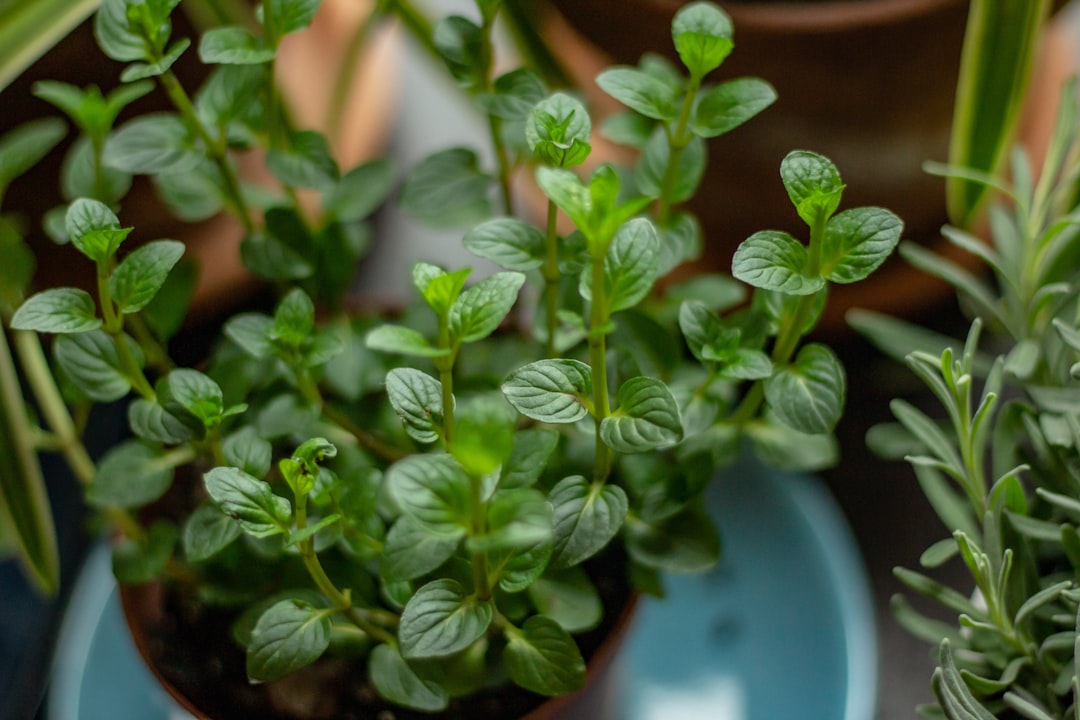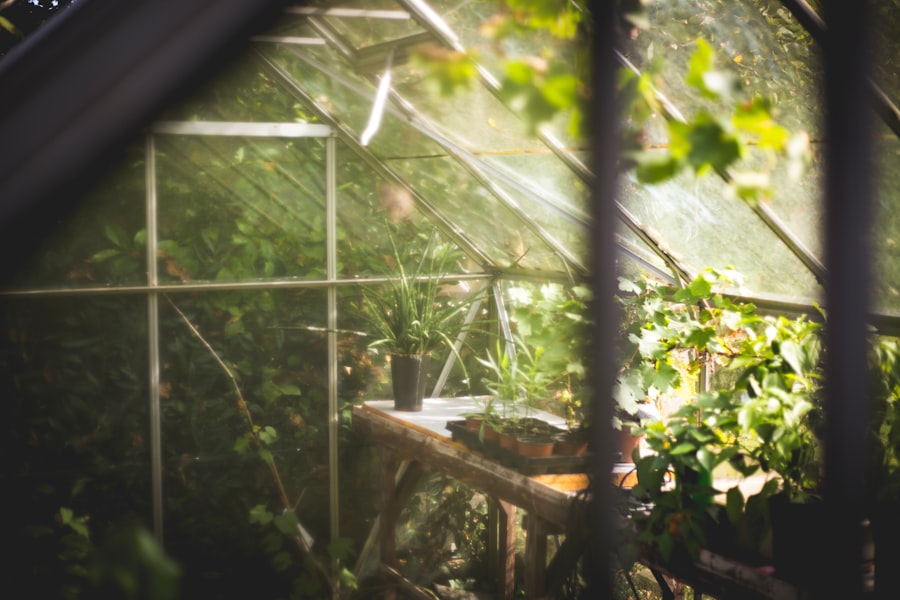Growing Oregano: Tips for a Thriving Herb Garden

Oregano is a versatile herb that is commonly used in cooking, herbal medicine, and aromatherapy. It is a member of the mint family and is known for its strong, aromatic flavor. Oregano is native to the Mediterranean region and has been used for centuries in various cuisines around the world.
Growing oregano in your herb garden is a great way to have a fresh supply of this flavorful herb at your fingertips. Not only does it add a delicious taste to your dishes, but it also offers numerous health benefits. Oregano is rich in antioxidants and has antimicrobial properties, making it a valuable addition to your diet.
One of the main benefits of growing oregano at home is that you have complete control over the growing conditions. You can ensure that it is grown organically without the use of harmful pesticides or chemicals. Additionally, having fresh oregano readily available means you can experiment with different recipes and flavors in your cooking.
Key Takeaways
- Oregano is a versatile herb that can be used for cooking, medicinal purposes, and aromatherapy.
- Proper soil selection and watering techniques are crucial for the growth and health of oregano plants.
- Pruning and harvesting oregano regularly can promote optimal growth and flavor.
- Propagating oregano can be done through stem cuttings or division of established plants.
- Companion planting with oregano can benefit other plants in the garden and deter pests.
Understanding the Basics of Oregano Plant Care
To successfully grow oregano, it is important to understand its basic care requirements. Oregano thrives in well-drained soil and requires full sun for optimal growth. It prefers a warm climate with temperatures between 70-80 degrees Fahrenheit.
When choosing a location for planting oregano, make sure it receives at least 6-8 hours of direct sunlight each day. If you live in an area with hot summers, consider providing some afternoon shade to protect the plants from scorching.
Choosing the Right Soil for Oregano Growth
Oregano prefers slightly alkaline soil with a pH level between 6.0-8.0. It also requires well-drained soil to prevent root rot and other fungal diseases. Sandy loam or loamy soil with good drainage is ideal for oregano.
Before planting oregano, it is important to prepare the soil properly. Start by removing any weeds or grass from the planting area. Loosen the soil with a garden fork or tiller to improve drainage and aeration. If the soil is heavy clay, consider adding organic matter such as compost or well-rotted manure to improve its texture and fertility.
Watering and Fertilizing Oregano Plants
| Watering and Fertilizing Oregano Plants | |
|---|---|
| Watering frequency | Once a week |
| Amount of water | 1 inch of water per week |
| Best time to water | Morning or evening |
| Type of fertilizer | All-purpose fertilizer |
| Fertilizing frequency | Every 4-6 weeks |
| Amount of fertilizer | Follow package instructions |
Oregano plants require regular watering to keep the soil moist but not waterlogged. Water deeply once a week, allowing the top inch of soil to dry out between waterings. Avoid overwatering, as this can lead to root rot and other fungal diseases.
When it comes to fertilizing oregano, a balanced organic fertilizer can be applied once a month during the growing season. Avoid using high-nitrogen fertilizers, as this can promote excessive leaf growth at the expense of flavor and aroma. Instead, choose a fertilizer with equal amounts of nitrogen, phosphorus, and potassium.
Pruning and Harvesting Oregano for Optimal Growth
Pruning is an important aspect of oregano plant care as it helps promote bushier growth and prevents the plants from becoming leggy. Prune oregano plants regularly by cutting back about one-third of the plant’s height. This will encourage new growth and help maintain a compact shape.
Harvesting oregano leaves can be done once the plants have reached a height of 4-6 inches. Simply snip off the stems just above a leaf node, leaving enough foliage for the plant to continue growing. Harvesting should be done in the morning when the essential oils are at their peak concentration.
Propagating Oregano: Tips for Successful Plant Reproduction

Oregano can be propagated through various methods, including seed sowing, division, and stem cuttings. Propagating oregano from cuttings is one of the easiest and most reliable methods.
To propagate oregano from cuttings, select a healthy stem and cut it just below a leaf node. Remove the lower leaves, leaving only a few at the top. Dip the cut end in rooting hormone powder to encourage root development. Plant the cutting in a pot filled with well-draining soil and keep it in a warm, bright location. Mist the cutting regularly to maintain humidity and promote root growth.
Common Pests and Diseases Affecting Oregano Plants
Oregano plants are generally resistant to pests and diseases, but they can still be affected by a few common issues. Aphids, spider mites, and whiteflies are some of the pests that can infest oregano plants. These can be controlled by spraying the plants with a mixture of water and insecticidal soap.
Fungal diseases such as powdery mildew and root rot can also affect oregano plants, especially if they are grown in poorly drained soil or in humid conditions. To prevent these diseases, ensure proper soil drainage and provide adequate air circulation around the plants.
Companion Planting: Best Plants to Grow with Oregano
Companion planting is a gardening technique that involves planting different crops together to benefit each other. Oregano is a great companion plant for many herbs and vegetables as it repels pests and attracts beneficial insects.
Some of the best plants to grow with oregano include basil, thyme, sage, rosemary, tomatoes, peppers, and eggplant. These plants not only complement each other in terms of flavor but also help deter pests and improve overall garden health.
Creative Uses for Oregano: Cooking, Medicinal, and Aromatherapy
Oregano is widely used in cooking due to its strong flavor and aroma. It is a staple in Mediterranean cuisine and is commonly used in dishes such as pizza, pasta sauces, and roasted vegetables. Oregano can be used fresh or dried, and its flavor intensifies when dried.
In addition to its culinary uses, oregano also has medicinal properties. It is known for its antibacterial, antifungal, and antioxidant properties. Oregano oil is often used in herbal medicine to treat various ailments such as respiratory infections, digestive issues, and skin conditions.
Oregano essential oil is also popular in aromatherapy due to its calming and soothing effects. It can be diffused or diluted with a carrier oil and applied topically to promote relaxation and relieve stress.
Mastering the Art of Growing Oregano for a Thriving Herb Garden
Growing oregano in your herb garden can be a rewarding experience. By understanding the basics of oregano plant care, choosing the right soil, watering and fertilizing properly, pruning and harvesting at the right time, propagating successfully, and preventing pests and diseases, you can ensure that your oregano plants thrive.
The benefits of growing oregano at home are numerous. Not only does it provide a fresh supply of this flavorful herb for your culinary creations, but it also offers health benefits and can be used in herbal medicine and aromatherapy.
So why not give it a try? With a little care and attention, you can master the art of growing oregano and enjoy the rewards of a thriving herb garden.
If you’re looking to learn how to grow oregano, you might also be interested in exploring other gardening tips and tricks. Check out this comprehensive article on Lawn World’s website that provides a sitemap of various gardening topics. From lawn care to plant cultivation, this resource offers a wealth of information to help you enhance your gardening skills. So, whether you’re a seasoned gardener or just starting out, click here to discover more valuable insights on creating and maintaining a beautiful garden: https://www.lawnworld.com/sitemap.html.
FAQs
What is oregano?
Oregano is a perennial herb that belongs to the mint family. It is commonly used in cooking for its strong, aromatic flavor.
What are the different types of oregano?
There are several types of oregano, including Greek oregano, Italian oregano, and Mexican oregano. Each type has a slightly different flavor profile.
What are the benefits of growing oregano?
Growing oregano can provide a fresh supply of the herb for cooking, as well as offer potential health benefits such as anti-inflammatory and antioxidant properties.
What are the ideal growing conditions for oregano?
Oregano thrives in well-draining soil with full sun exposure. It prefers a slightly alkaline soil pH and can tolerate drought conditions.
How do you plant oregano?
Oregano can be planted from seeds or cuttings. Seeds should be sown in the spring or fall, while cuttings can be taken in the summer. Plant in well-draining soil and water regularly until established.
How do you care for oregano?
Oregano requires minimal care once established. Water regularly, but do not overwater. Prune back the plant regularly to encourage bushier growth and prevent it from becoming too woody.
When is the best time to harvest oregano?
Oregano can be harvested throughout the growing season, but the flavor is strongest just before the plant flowers. Cut the stems just above a set of leaves and dry the leaves in a warm, dry place.



